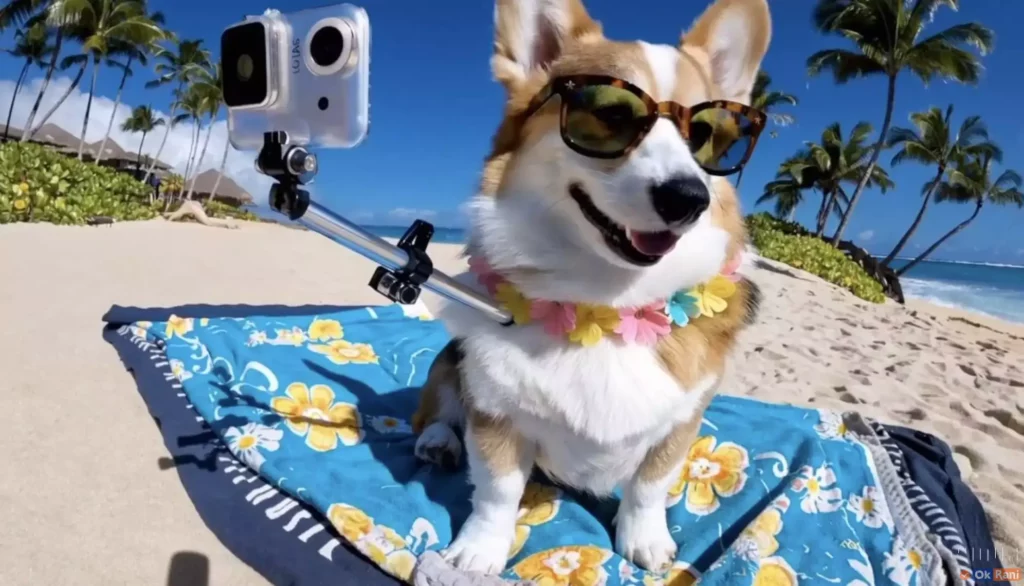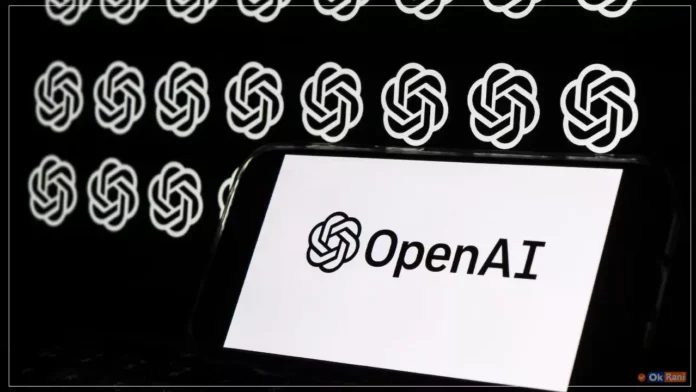Sora: OpenAI’s Sora is a fresh artificial intelligence tool. It can craft lifelike 60-second videos using only text prompts. This tool, developed by the creators of ChatGPT, is causing a stir in the tech world.
Named after the Japanese word for “sky,” Sora is capable of generating realistic videos based on the instructions provided by users. It can produce of generating realistic videos based on the instructions provided by users. It can produce videos up to a minute long, following guidance on both the style and topic of the clip.
Sora marks a significant advancement in AI technology. With just text prompts and images, users can now create convincing artificial intelligence videos. This innovation opens up new possibilities for content creation and storytelling.
Table of Contents
Sora Open AI
OpenAI’s Sora comes with some exciting new features. According to the artificial intelligence company, led by Sam Altman, Sora can now generate realistic videos not only from text prompts but also from still images or existing footage provided by the user.
In a blog post, OpenAI explained that they are training Sora to understand and replicate movements in the physical world. This training aims to develop models that assist people in solving real-world problems that involve interaction with their surroundings.
Introducing Sora, our text-to-video model.
— OpenAI (@OpenAI) February 15, 2024
Sora can create videos of up to 60 seconds featuring highly detailed scenes, complex camera motion, and multiple characters with vibrant emotions. https://t.co/7j2JN27M3W
Prompt: “Beautiful, snowy… pic.twitter.com/ruTEWn87vf
Access to OpenAI’s Sora is now available for researchers and content curators. However, access is granted with strict adherence to OpenAI’s security policies. These policies prohibit content that includes extreme violence, hateful imagery, celebrity likenesses, or the intellectual property of others.
Following Sora’s launch, Sam Altman, the head of OpenAI, engaged with users on X (formerly Twitter). He responded to several users by providing them with videos generated based on their prompts. These videos feature a watermark indicating that they were created by AI.
here is a better one: https://t.co/WJQCMEH9QG pic.twitter.com/oymtmHVmZN
— Sam Altman (@sama) February 15, 2024
Notably, other tech giants like Google and Meta have also ventured into similar AI technologies. However, OpenAI has taken a step ahead by offering hyper-realistic videos generated solely from text prompts. This advancement sets Sora apart in the field of artificial intelligence.
Is Sora Accessible to all?
Currently, Sora is not accessible to the general public, and OpenAI has provided limited details regarding its functionality and development process. The company has kept much of this information confidential.
The new AI tool is primarily reserved for red teaming purposes. This means it is used internally by OpenAI to identify any potential weaknesses or flaws in its development. Red teaming involves simulating attacks or challenges to test the effectiveness of a system’s defenses.
Alongside Sora, OpenAI is also focusing on developing tools that can differentiate between videos created by AI and those made by humans. This effort aims to enhance transparency and accountability in the use of AI-generated content.
More About Sora

Sora is a sophisticated model designed to generate entire videos in one go or extend existing videos to make them longer. It utilizes a transformer architecture similar to GPT models, allowing for enhanced scaling performance. The model represents videos and images as collections of smaller units called patches, similar to tokens in GPT. OpenAI has mentioned that Sora builds upon previous research from DALL-E and GPT Models, incorporating techniques like recapturing from DALL-E 3 to generate descriptive captions for visual training data.
In addition to generating videos based on natural language prompts, Sora can also take an existing image and animate its components accurately to create a video. It is also capable of filling in missing frames to extend existing videos.
OpenAI claims that Sora demonstrates a deep understanding of language, enabling it to interpret prompts accurately and create characters with multiple emotions. Notably, Sora can create multiple shots within a single generated video while maintaining a consistent visual style and characters.
However, OpenAI acknowledges that Sora has limitations. The model may struggle with accurately depicting the physics of complex scenes and understanding specific instances of cause and effect. For example, it may fail to show a bite mark on a cookie after a person takes a bite. Additionally, Sora may confuse spatial details such as left and right and struggle with precise descriptions of events occurring over time.
Safety and Privacy
Regarding safety, OpenAI has implemented several measures before making Sora accessible in its products. The company is collaborating with domain experts specializing in misinformation, hateful content, and bias. These experts will test Sora for adversarial scenarios. Moreover, OpenAI is developing tools like a detection classifier to identify misleading content and determine if a video was generated by Sora.
Also Read: AI Boyfriend: Young Chinese Women Turning to AI Boyfriend Over Real Men For Love

